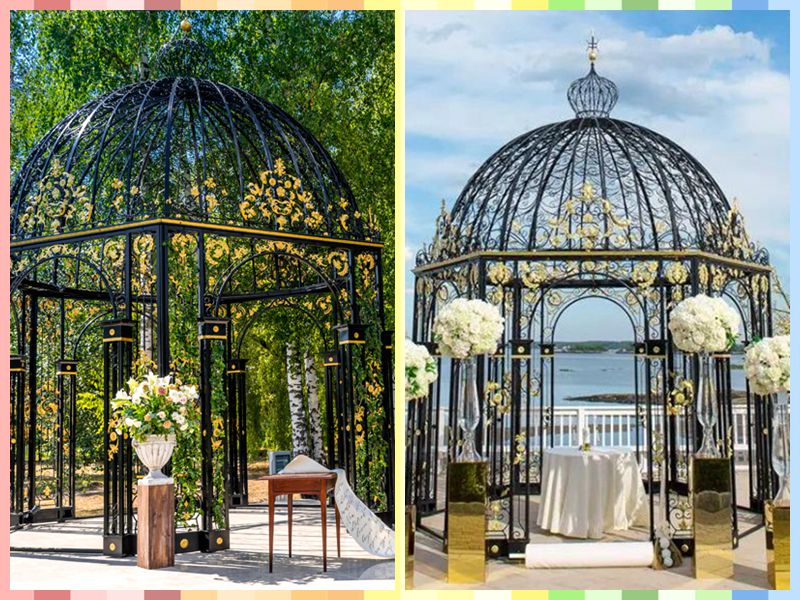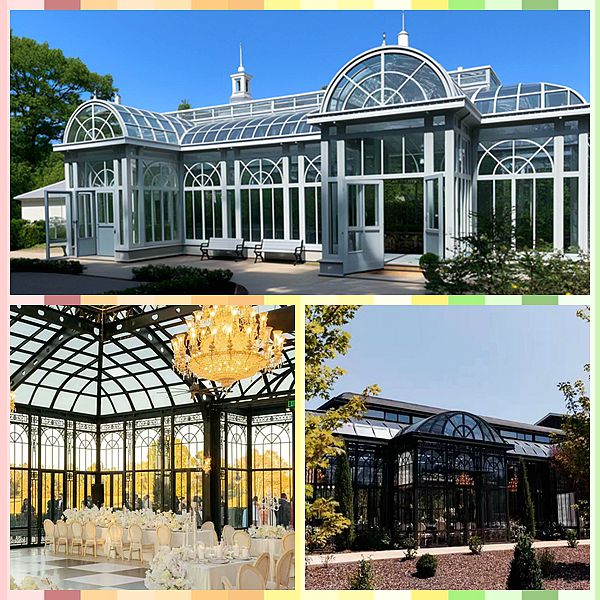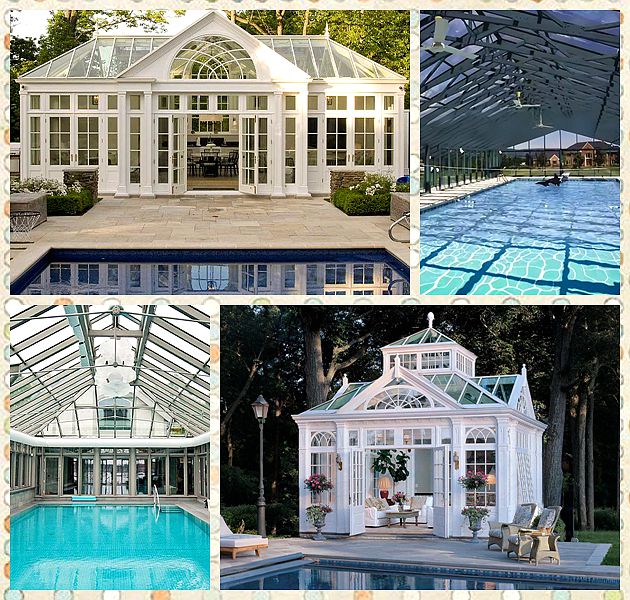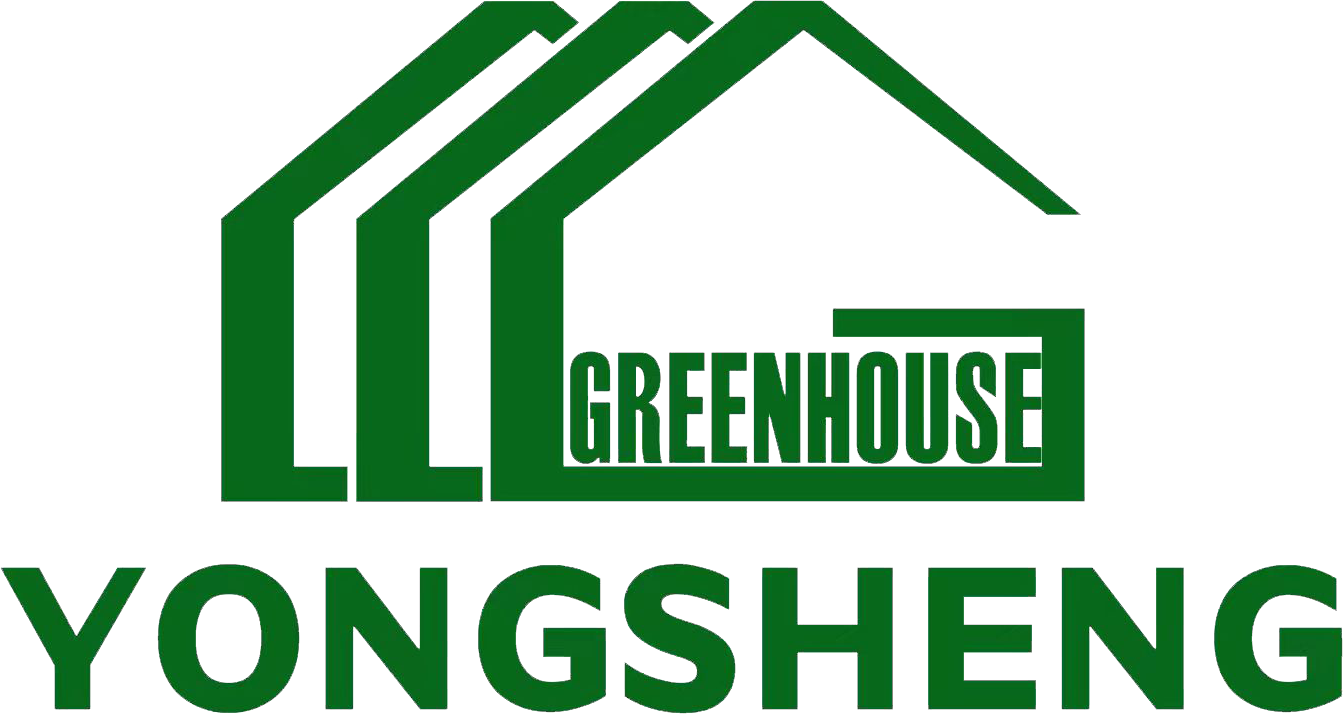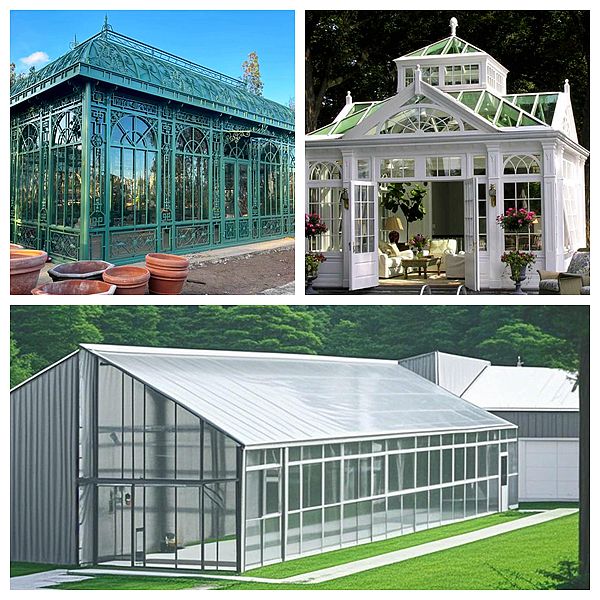
Victorian Greenhouse vs. Modern Greenhouse: Pros and Cons

If you love gardening and want a greenhouse, you’ve got two great options to choose from. The Victorian greenhouse looks beautiful with its fancy design, while the modern greenhouse works better with its smart features. Each type has its own pluses and minuses – it really comes down to whether you care more about looks, how well it works, or how much it costs. Let’s break down both choices to help you pick what’s best for your garden.
Let’s take a close look at both Victorian and modern greenhouses. We’ll go through the good and bad points of each, check out what they’re made of (including tough tempered glass), and help you figure out which one would work best in your backyard.
What Is a Victorian Greenhouse?
Victorian greenhouses date back to the 19th century and are known for their elegant, ornate designs. They often feature:
-
Curved roofs and intricate ironwork
-
Large glass panels (originally made of standard glass, now often upgraded to tempered glass panels for durability)
-
Tall structures to allow greatest sunlight
These greenhouses were designed to showcase exotic plants and were a status symbol among wealthy gardeners.
Pros of a Victorian Greenhouse
✅ Timeless Aesthetic – The classic design adds a touch of elegance to any garden. ✅ Excellent Light Penetration – The tall structure and large glass panels allow sunlight to reach plants from all angles. ✅ Durable Framework – Traditional wrought iron or steel frames are sturdy and long-lasting. ✅ Great for Tall Plants – The high roof accommodates climbing plants and small trees.
Cons of a Victorian Greenhouse
❌ Expensive to Build & Maintain – The intricate design and materials (like tempered glass panels) can be costly. ❌ Less Energy-Efficient – Older designs may lack modern insulation, leading to higher heating costs. ❌ Heavy Construction – Requires a solid foundation and professional installation.

Victorian Greenhouse
What Is a Modern Greenhouse?
Modern greenhouses rank efficiency, affordability, and adaptability. They often include:
-
Aluminum or polycarbonate frames (lighter than traditional iron)
-
Double-glazed or polycarbonate panels for better insulation
-
Modular designs that can be expanded easily
“Growers love these greenhouses because they’re built to work hard – perfect whether you’re starting out or running a full-scale nursery.
Pros of a Modern Greenhouse
✅ Energy-Efficient – Better insulation reduces heating costs. ✅ Lightweight & Easy to Install – Aluminum frames and polycarbonate panels make assembly simpler. ✅ Customizable – Available in various sizes and shapes to fit different spaces. ✅ Lower Maintenance – Materials like tempered glass panels and polycarbonate are more durable and shatter-resistant.
Cons of a Modern Greenhouse
❌ Less Aesthetic Appeal – Lacks the classic charm of a Victorian greenhouse. ❌ May Feel Less Sturdy – Aluminum frames, while lightweight, aren’t as robust as wrought iron. ❌ Limited Height Options – Some models may not accommodate very tall plants.

Modern Greenhouse
Key Differences: Victorian vs. Modern Greenhouses
1. Design & Appearance
-
Victorian: Ornate, decorative, ideal for traditional gardens.
-
Modern: Sleek, minimalist, blends into contemporary spaces.
2. Materials Used
-
Victorian: Often uses tempered glass panels and wrought iron.
-
Modern: Typically uses aluminum and polycarbonate or double-glazed glass.
3. Cost & Installation
-
Victorian: Higher initial cost, requires professional setup.
-
Modern: More budget-friendly, often DIY-friendly.
4. Energy Efficiency
-
Victorian: Less insulated, may need more heating.
-
Modern: Better heat retention, reducing energy bills.
5. Durability & Maintenance
-
Victorian: Strong but requires regular upkeep (e.g., repainting iron frames).
-
Modern: Low-maintenance, resistant to rust and breakage.
Which Greenhouse Is Right for You?
Choose a Victorian Greenhouse If…
-
You love classic, elegant designs.
-
You grow tall or exotic plants that need space.
-
Budget isn’t a major concern.
Choose a Modern Greenhouse If…
-
You want an affordable, low-maintenance option.
-
Energy efficiency is a priority.
-
You prefer a customizable, modular structure.
Final Thoughts
Both Victorian greenhouses and modern greenhouses have their strengths. Love that classic, elegant look? A Victorian greenhouse with sturdy tempered glass gives you timeless charm. But if you’d rather have something low-maintenance that saves on energy bills, a modern greenhouse is probably your best bet.
Which one would you pick? Let us know in the comments!
Why Choose US?
- ● As the first manufacturer in China to introduce the Victorian conservatory design from Europe, we have 36 years of production experience since 1988, and our products are distributed in 68 countries.
- ● We have a professional team of 8 conservatory design engineers and 60 production workers. We are equipped with 2 hot-dip galvanizing machines, 2 steel shot blasting machines, and 1 spray line.
- ● Our professional design team can provide theoretical calculation data support for wind pressure resistance, earthquake resistance, and snow resistance of large-scale steel structure conservatories.
- ● Strict quality control. 8 inspection stages: raw material inspection, cutting and blanking size inspection, welding quality inspection, hot-dip galvanizing quality inspection, spray quality inspection, assembly quality inspection, and packaging quality inspection. Ensuring smooth assembly of the products, no rust, no leakage, and compliance with customer national standards.
- ● We cooperate with many well-known architectural design companies worldwide.
- ● Customized services. We can customize according to customer designs and dimensions. We also provide supporting facilities such as electric sunshades and air conditioners.
- ● We offer installation dispatch services, inspection services, and free replacement of parts. We also present high-value exquisite gifts.
- ● Video factory tour. You can view the entire production process.
Leave A Reply
Your email address will not be published. Required fields are marked *
